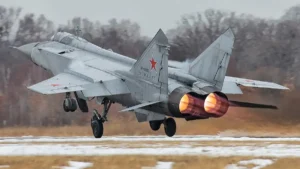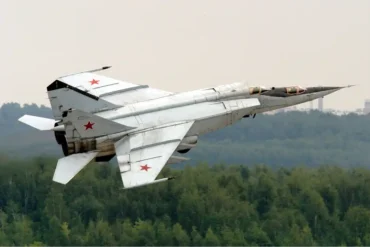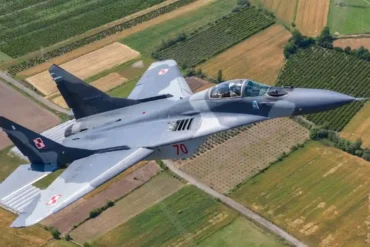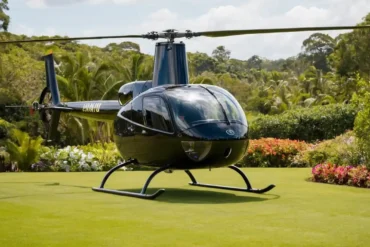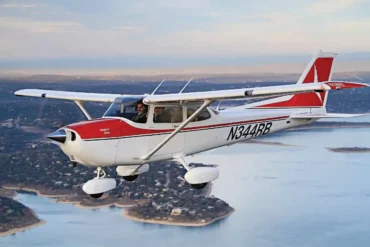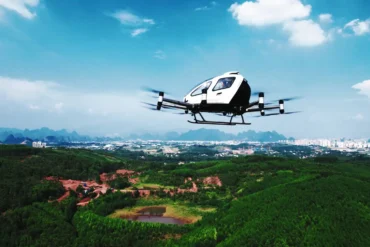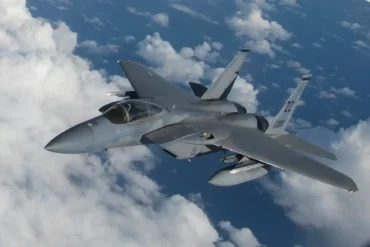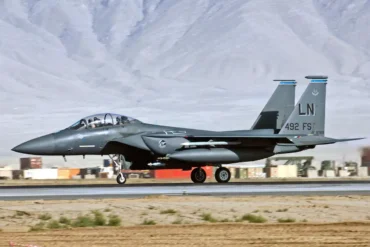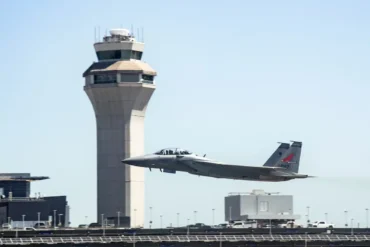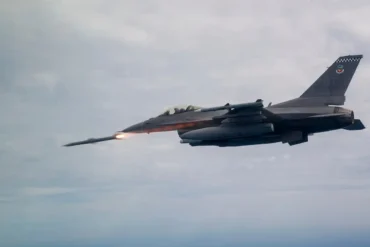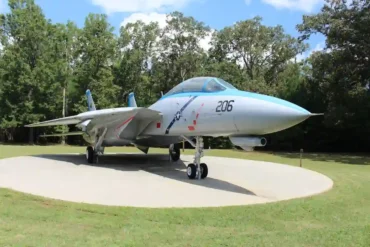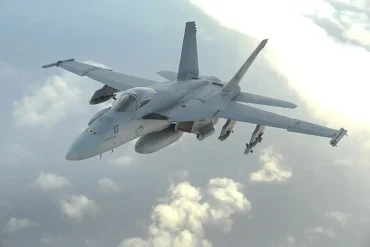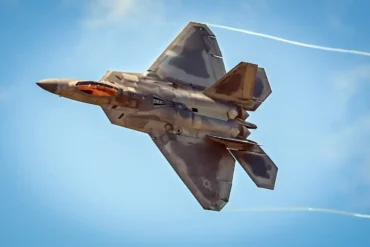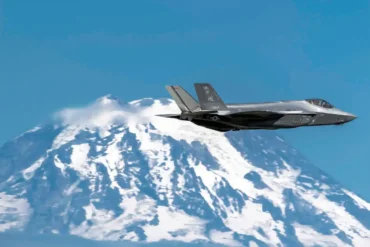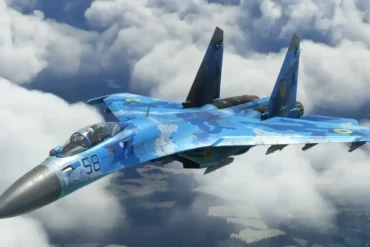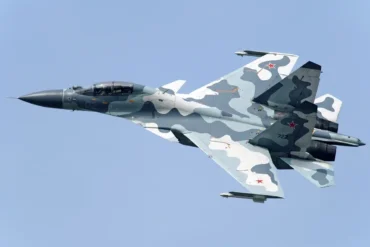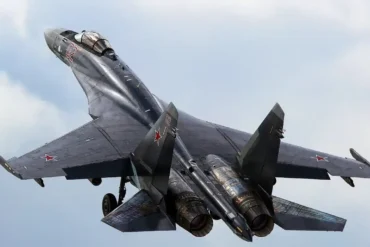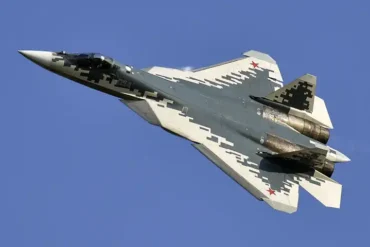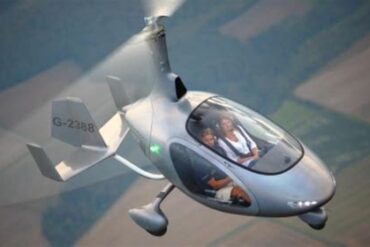The MiG-31, also known as the Foxhound, is a highly advanced Soviet-era interceptor aircraft that has become a cornerstone of Russia’s air defense strategy. Developed by the Mikoyan design bureau, this aircraft was designed to intercept and destroy enemy bombers at long ranges, particularly those capable of penetrating Soviet airspace during the Cold War. Today, the MiG-31 is still in service and has undergone several upgrades, including the MiG-31BM variant. However, a question often arises regarding the cost of these impressive machines, both in terms of initial acquisition and maintenance. In this article, we’ll dive into the specifics of the MiG-31’s price, the associated upkeep costs, and the overall value of this formidable aircraft.
Overview of the MiG-31: Specifications and Purpose
The MiG-31 was originally designed to replace the MiG-25, with a focus on increasing range, speed, and payload capacity while providing superior radar and missile capabilities. Some of the most notable features of the MiG-31 include:
- Crew: Two members — a pilot and a weapons systems officer.
- Length: 22.62 meters (74 ft 3 in)
- Wingspan: 13.456 meters (44 ft 2 in)
- Height: 6.456 meters (21 ft 2 in)
- Maximum Speed: 3,000 km/h (Mach 2.83) at high altitude.
- Service Ceiling: 25,000 meters (82,000 ft) and beyond.
- Armament: Includes up to 9,000 kg of air-to-air and air-to-surface missiles, along with a 23mm Gryazev-Shipunov GSh-6-23M rotary cannon.
With its long-range radar and air-to-air missile capabilities, the MiG-31 is uniquely suited for defending against high-speed bombers and ballistic missile threats. Its versatility has kept it relevant in modern warfare, even decades after its original introduction in 1981.
Cost Breakdown of the MiG-31: Initial Price and Production Value
Unit Cost of the MiG-31 Foxhound
When it comes to the initial cost of the MiG-31, prices have fluctuated based on variants and production timelines. The MiG-31 Foxhound, which was produced during the Soviet era, had a unit cost of approximately US$55 million. This price reflects the advanced capabilities and unique design features that the MiG-31 offered at the time of its production. The aircraft’s radar, speed, and missile payload capacity made it one of the most formidable interceptors in the world, justifying the hefty price tag.
However, it’s important to note that the MiG-31 has not been in active production for quite some time, and any remaining MiG-31s are now well past their initial production years. Thus, the production value of the MiG-31 is largely theoretical at this point, as it is no longer manufactured.
Unit Cost of the MiG-31BM Foxhound
The MiG-31BM, an upgraded version of the MiG-31, has a significantly lower unit cost of about US$20 million. This price is reflective of the aircraft’s modernized systems, including improved avionics, radar, and weapons systems. The MiG-31BM retains the original capabilities of the MiG-31 while enhancing its combat effectiveness. It’s also worth noting that the MiG-31BM is an upgrade of the older MiG-31, which is why its price is more affordable.
Despite being an older platform, the MiG-31BM continues to be an effective and cost-efficient asset in Russia’s defense portfolio. Its affordable upgrade process and relatively low cost make it an appealing option for countries seeking to maintain or modernize their air defense capabilities without investing in brand-new platforms.
Upkeep and Operational Costs of the MiG-31
While the initial cost of purchasing a MiG-31 or MiG-31BM is significant, the upkeep costs are also a key consideration for any nation operating the aircraft. According to available data, the upkeep cost for the MiG-31 Foxhound is around US$8.5 million annually. These costs are driven by the need for regular maintenance, engine overhauls, avionics updates, and replacement of aging parts. The MiG-31BM, with its more modern systems, has a slightly higher upkeep cost, estimated at US$9 million per year.
The upkeep of a high-performance interceptor such as the MiG-31 requires specialized knowledge and facilities. In particular, the aircraft’s Soloviev D-30F6 engines, which provide powerful thrust, demand consistent maintenance and periodic overhauls. These engines, combined with the aircraft’s complex avionics and radar systems, contribute to the substantial maintenance costs.
Additionally, the MiG-31’s advanced weapons systems also require regular upgrades and recalibration to ensure they remain effective against contemporary threats. This includes the R-33, R-37M, and R-77M air-to-air missiles, which are integral to the MiG-31’s defensive capabilities.
MiG-31’s Role in Russia’s Military Strategy and Its Long-Term Viability
The MiG-31 continues to serve a crucial role in Russia’s air defense strategy. Despite being an older design, the aircraft’s speed, range, and combat capabilities remain highly effective against modern threats, including stealth bombers and high-speed cruise missiles. As such, it has been adapted and updated with advanced technology to meet the evolving requirements of Russia’s military.
One of the unique advantages of the MiG-31 is its dual-role capability: it can function both as an interceptor and as an escort fighter for strategic bombers. This adaptability ensures that the MiG-31 remains a versatile asset, capable of engaging in a wide variety of combat scenarios.
Future of the MiG-31 in Russia’s Armed Forces
Though there have been calls for the eventual replacement of the MiG-31 by more modern aircraft, the MiG-31 remains an integral part of Russia’s air defense infrastructure. Its cost-effectiveness, speed, and missile payload make it an essential component of Russia’s air superiority strategy. In fact, some sources indicate that the MiG-31 could continue to operate for several more decades, especially as modernization programs and engine upgrades help maintain its effectiveness.
Additionally, the MiG-31BM’s enhanced avionics and new weaponry ensure it can hold its ground against contemporary adversaries. With countries like the U.S. and NATO developing increasingly sophisticated airframes, the MiG-31BM’s radar and weapons systems will continue to be a key advantage in the Russian military’s long-range air defense operations.
Factors Affecting the MiG-31’s Price in Global Markets
While the MiG-31 is primarily used by the Russian Air Force, there has been interest from other nations in acquiring these formidable interceptors. However, the cost of the MiG-31 can vary significantly depending on the purchasing country’s needs and agreements with the Russian government. Here are some factors that could affect the price of the MiG-31:
1. Upgrades and Modifications
For nations looking to purchase the MiG-31, the cost will be influenced by the level of upgrades and modifications required. An aircraft with the full suite of modern upgrades, including radar improvements and missile system enhancements, will naturally be more expensive than a basic MiG-31. Additionally, customized weapons or avionics systems could increase the overall cost of the aircraft.
2. Maintenance and Spare Parts Availability
The cost of maintaining a MiG-31 can be impacted by the availability of spare parts. Countries with direct access to Russian supply chains may incur lower costs for spare parts, while those that must rely on third-party suppliers could face higher prices for necessary components.
3. International Military Relations
The price of the MiG-31 will also be influenced by international relations. For example, countries with strong military alliances with Russia might secure the MiG-31 at a more favorable price, potentially with subsidies or discounts. Conversely, nations with limited diplomatic ties to Russia may face a steeper cost when purchasing the aircraft.
Conclusion: The MiG-31 as a Strategic Asset
In conclusion, the MiG-31 remains one of the most capable interceptor aircraft in the world, with a price tag to match its performance. The MiG-31 Foxhound originally cost around US$55 million, while its MiG-31BM successor is available for about US$20 million. Both variants, however, come with substantial upkeep costs, which average between US$8.5 million and US$9 million annually. Despite its age, the MiG-31 continues to offer unparalleled speed, range, and missile capabilities, making it a key asset in any air defense strategy.
As nations continue to prioritize air defense against modern threats, the MiG-31 will likely remain a relevant player in global military operations for years to come. Its proven reliability, combined with Russia’s modernization efforts, ensures that the MiG-31 will continue to be a strategic asset, capable of defending airspace against sophisticated and high-speed threats well into the future.
